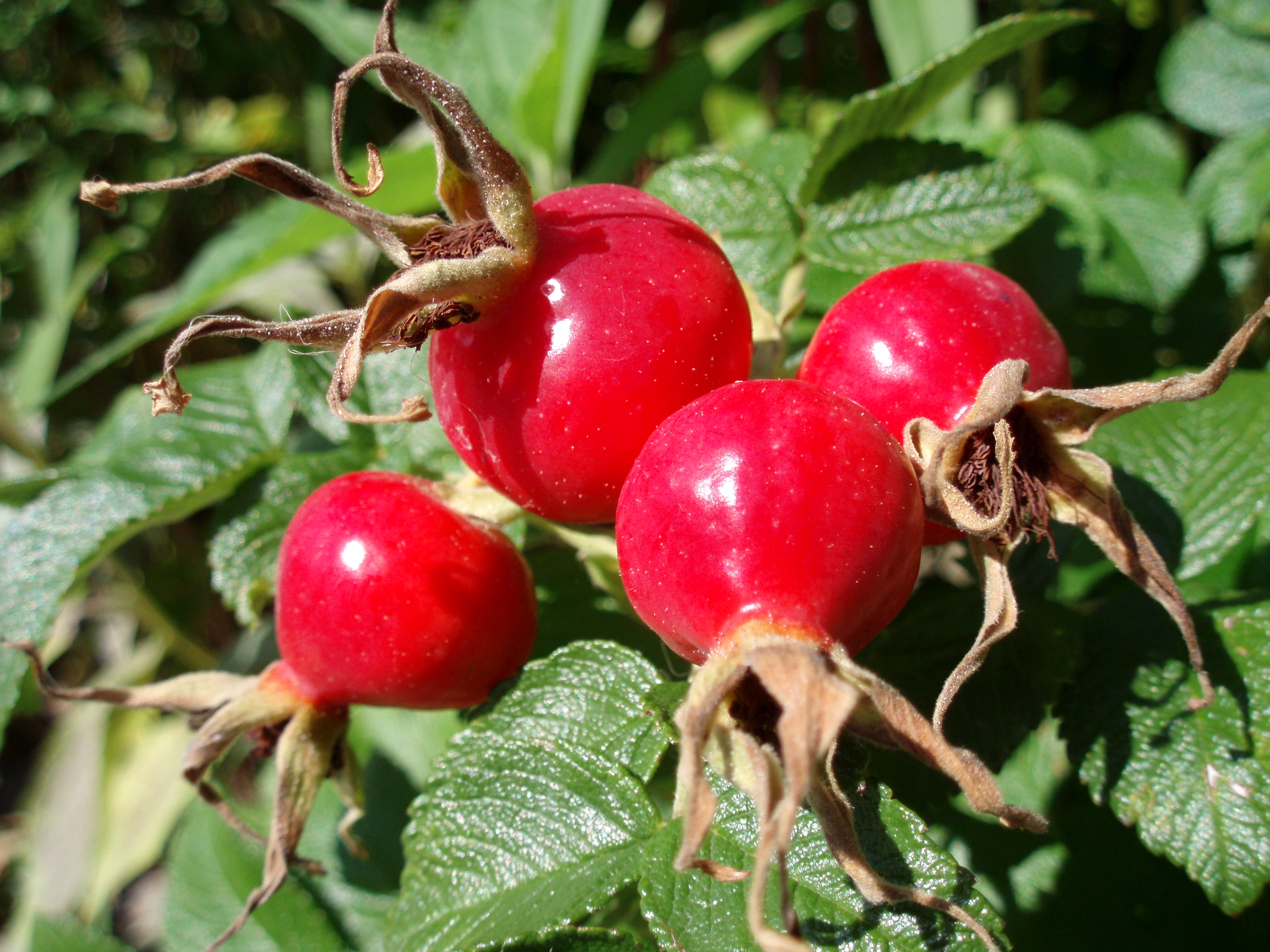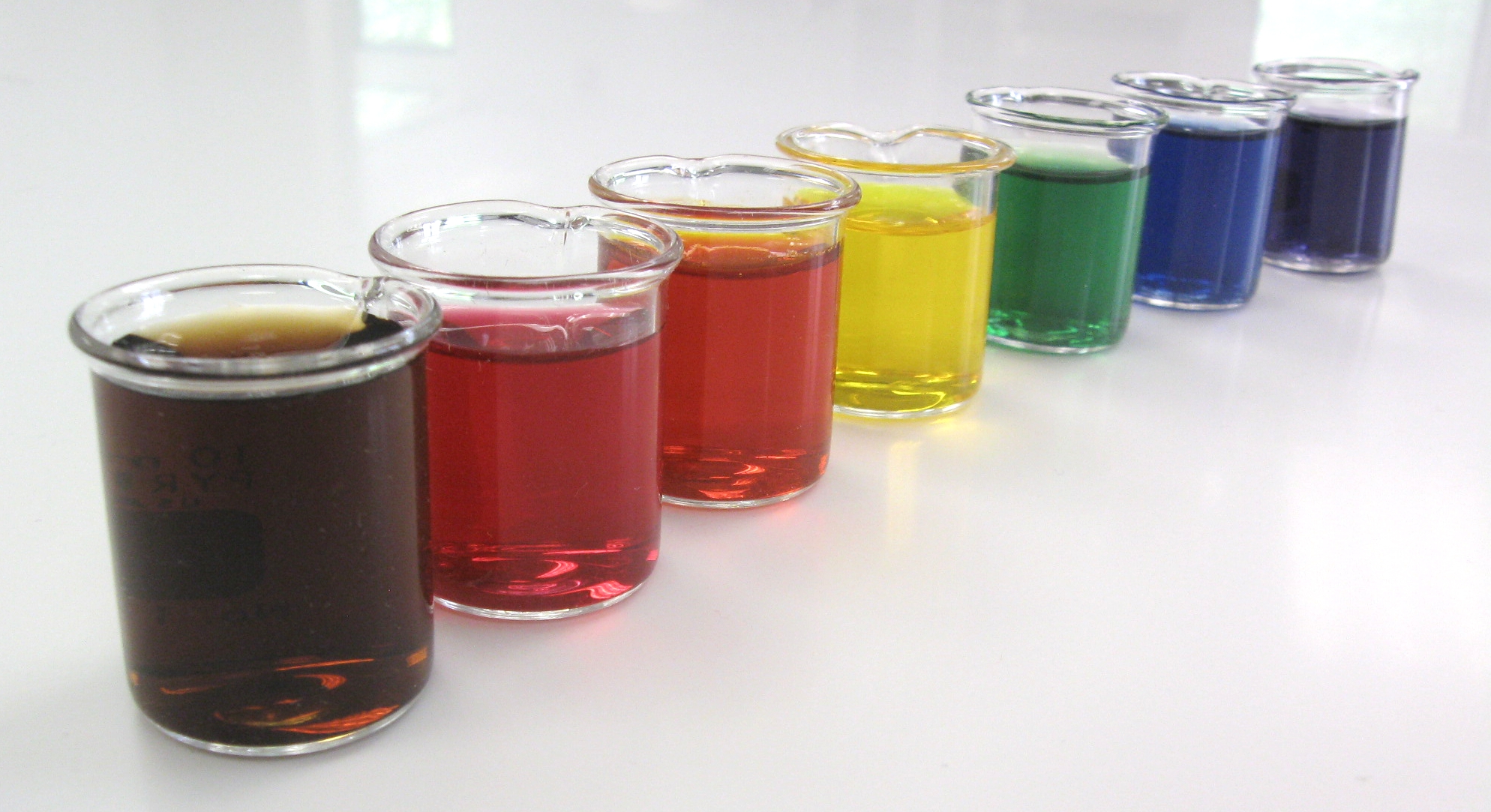|
Rubixanthin
Rubixanthin, or natural yellow 27, is a natural xanthophyll pigment with a red-orange color found in rose hips. As a food additive it used under the E number E161d as a food coloring Food coloring, color additive or colorant is any dye, pigment, or substance that imparts color when it is added to food or beverages. Colorants can be supplied as liquids, powders, gels, or pastes. Food coloring is commonly used in commercia ...; it is not approved for use in the USA or EU but is approved in Australia and New ZealandAustralia New Zealand Food Standards Code where it is listed as 161d. References Carotenoids Food colorings Tetraterpenes Cyclohexenes {{organic-compound-stub ... [...More Info...] [...Related Items...] OR: [Wikipedia] [Google] [Baidu] |
Merck Index
''The Merck Index'' is an encyclopedia of chemical substance, chemicals, pharmaceutical drug, drugs and biomolecule, biologicals with over 10,000 monographs on single substances or groups of related chemical compound, compounds published online by the Royal Society of Chemistry. History The first edition of the Merck's Index was published in 1889 by the German chemical company Merck Group, Emanuel Merck and was primarily used as a sales catalog for Merck's growing list of chemicals it sold. The American subsidiary was established two years later and continued to publish it. During World War I the US government seized Merck's US operations and made it a separate American "Merck" company that continued to publish the Merck Index. In 2012 the Merck Index was licensed to the Royal Society of Chemistry. An online version of The Merck Index, including historic records and new updates not in the print edition, is commonly available through research libraries. It also includes an append ... [...More Info...] [...Related Items...] OR: [Wikipedia] [Google] [Baidu] |
Xanthophyll
Xanthophylls (originally phylloxanthins) are yellow pigments that occur widely in nature and form one of two major divisions of the carotenoid group; the other division is formed by the carotenes. The name is from Greek: (), meaning "yellow", and (), meaning "leaf"), due to their formation of the yellow band seen in early chromatography of leaf pigments. Molecular structure As both are carotenoids, xanthophylls and carotenes are similar in structure, but xanthophylls contain oxygen atoms while carotenes are ''purely hydrocarbons'', which do not contain oxygen. Their content of oxygen causes xanthophylls to be more polar (in molecular structure) than carotenes, and causes their separation from carotenes in many types of chromatography. (Carotenes are usually more orange in color than xanthophylls.) Xanthophylls present their oxygen either as hydroxyl groups and/or as hydrogen atoms substituted by oxygen atoms when acting as a bridge to form epoxides. Occurrence Like other c ... [...More Info...] [...Related Items...] OR: [Wikipedia] [Google] [Baidu] |
Pigment
A pigment is a powder used to add or alter color or change visual appearance. Pigments are completely or nearly solubility, insoluble and reactivity (chemistry), chemically unreactive in water or another medium; in contrast, dyes are colored substances which are soluble or go into solution at some stage in their use. Dyes are often organic compounds whereas pigments are often inorganic compound, inorganic. Pigments of prehistoric and historic value include ochre, charcoal, and lapis lazuli. Economic impact In 2006, around 7.4 million tons of inorganic chemistry, inorganic, organic chemistry, organic, and special pigments were marketed worldwide. According to an April 2018 report by ''Bloomberg Businessweek'', the estimated value of the pigment industry globally is $30 billion. The value of titanium dioxide – used to enhance the white brightness of many products – was placed at $13.2 billion per year, while the color Ferrari red is valued at $300 million each yea ... [...More Info...] [...Related Items...] OR: [Wikipedia] [Google] [Baidu] |
Rose Hip
The rose hip or rosehip, also called rose haw and rose hep, is the accessory fruit of the various species of rose plant. It is typically red to orange, but ranges from dark purple to black in some species. Rose hips begin to form after pollination of flowers in spring or early summer, and ripen in late summer through autumn. Propagation Roses are propagated from rose hips by removing the achenes that contain the seeds from the hypanthium (the outer coating) and sowing just beneath the surface of the soil. The seeds can take many months to germinate. Most species require chilling (Stratification (botany), stratification), with some such as ''Rosa canina'' only germinating after two winter chill periods. Uses Rose hips are used in bread and pies, Hagebuttenmark, jam, Fruit preserves#Jelly, jelly, marmalade, syrup, rose hip soup, soup, herbal tea, tea, Fruit wine#Rose hip wine, wine, and other beverages. Rose hips can be eaten raw, like berries, if care is taken to avoid the h ... [...More Info...] [...Related Items...] OR: [Wikipedia] [Google] [Baidu] |
Food Additive
Food additives are substances added to food to preserve flavor or enhance taste, appearance, or other sensory qualities. Some additives, such as vinegar ( pickling), salt ( salting), smoke ( smoking) and sugar ( crystallization), have been used for centuries to preserve food. This allows for longer-lasting foods, such as bacon, sweets, and wines. With the advent of ultra-processed foods in the late 20th century, many additives having both natural and artificial origin were introduced. Food additives also include substances that may be introduced to food indirectly (called "indirect additives") in the manufacturing process through packaging, storage or transport. In Europe and internationally, many additives are designated with E numbers, while in the United States, additives in amounts deemed safe for human consumption are designated as GRAS. Identification To regulate these additives and inform consumers each additive is assigned a unique number called an "E number", whi ... [...More Info...] [...Related Items...] OR: [Wikipedia] [Google] [Baidu] |
E Number
E numbers, short for Europe numbers, are codes for substances used as food additives, including those found naturally in many foods, such as vitamin C, for use within the European Union (EU) and European Free Trade Association (EFTA). Commonly found on food labels, their safety assessment and approval are the responsibility of the European Food Safety Authority (EFSA). The fact that an additive has an E number implies that its use was at one time permitted in products for sale in the European Single Market; some of these additives are no longer allowed today. Having a single unified list for food additives was first agreed upon in 1962 with food colouring. In 1964, the directives for preservatives were added, in 1970 antioxidants were added, in 1974 emulsifiers, stabilisers, thickeners and gelling agents were added as well. Numbering schemes The numbering scheme follows that of the International Numbering System for Food Additives, International Numbering System (INS) as deter ... [...More Info...] [...Related Items...] OR: [Wikipedia] [Google] [Baidu] |
Food Coloring
Food coloring, color additive or colorant is any dye, pigment, or substance that imparts color when it is added to food or beverages. Colorants can be supplied as liquids, powders, gels, or pastes. Food coloring is commonly used in commercial products and in domestic cooking. Food colorants are also used in various non-food applications, including cosmetics, pharmaceuticals, home craft projects, and medical devices. Some colorings may be natural, such as with carotenoids and anthocyanins extracted from plants or cochineal from insects, or may be synthesized, such as tartrazine yellow. In the manufacturing of foods, beverages and cosmetics, the safety of colorants is under constant scientific review and certification by national regulatory agencies, such as the European Food Safety Authority (EFSA) and US Food and Drug Administration (FDA), and by international reviewers, such as the Joint FAO/WHO Expert Committee on Food Additives. Purpose of food coloring People asso ... [...More Info...] [...Related Items...] OR: [Wikipedia] [Google] [Baidu] |
Carotenoids
Carotenoids () are yellow, orange, and red organic compound, organic pigments that are produced by plants and algae, as well as several bacteria, archaea, and Fungus, fungi. Carotenoids give the characteristic color to pumpkins, carrots, parsnips, maize, corn, tomatoes, Domestic Canary, canaries, flamingos, salmon, lobster, shrimp, and daffodils. Over 1,100 identified carotenoids can be further categorized into two classes xanthophylls (which contain oxygen) and carotenes (which are purely hydrocarbons and contain no oxygen). All are derivative (chemistry), derivatives of tetraterpenes, meaning that they are produced from 8 isoprene units and contain 40 carbon atoms. In general, carotenoids absorb wavelengths ranging from 400 to 550 nanometers (violet to green light). This causes the compounds to be deeply colored yellow, orange, or red. Carotenoids are the dominant pigment in autumn leaf coloration of about 15-30% of tree species, but many plant colors, especially reds and purpl ... [...More Info...] [...Related Items...] OR: [Wikipedia] [Google] [Baidu] |
Food Colorings
Food coloring, color additive or colorant is any dye, pigment, or substance that imparts color when it is added to food or beverages. Colorants can be supplied as liquids, powders, gels, or Paste (food), pastes. Food coloring is commonly used in commercial products and in domestic cooking. Food colorants are also used in various non-food applications, including cosmetics, pharmaceuticals, home craft projects, and medical devices. Some colorings may be natural, such as with carotenoids and anthocyanins extracted from plants or cochineal from insects, or may be synthesized, such as tartrazine yellow. In the manufacturing of foods, beverages and cosmetics, the food safety, safety of colorants is under constant scientific review and certification by national Regulatory agency, regulatory agencies, such as the European Food Safety Authority (EFSA) and US Food and Drug Administration (FDA), and by international reviewers, such as the Joint FAO/WHO Expert Committee on Food Additives. ... [...More Info...] [...Related Items...] OR: [Wikipedia] [Google] [Baidu] |







